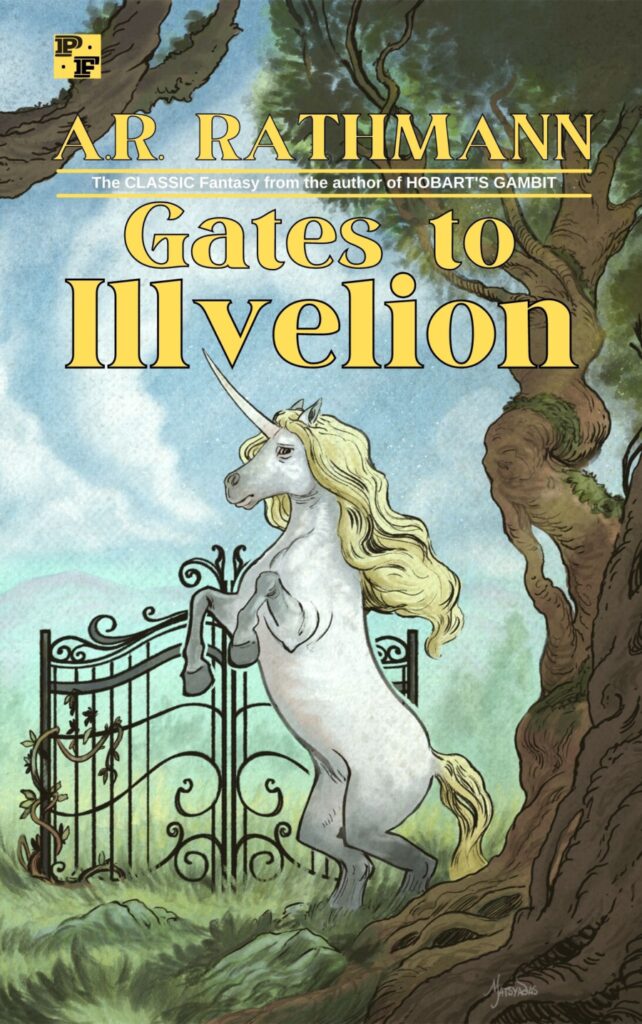Last November I took the WMG Publishing workshop called “Killing the Critical Voice” with author Dean Wesley Smith. At the end of the workshop, he told us to put a reminder in our calendars to re-watch the workshop in six months. That reminder popped up for me the other day, so I’m going to attempt a re-watch of the workshop.
The first time around, “Killing the Critical Voice” was a HUGE help to my productivity. It gave me a lot more confidence as a writer. Paired with another WMG workshop called “Speed,” I was able to get back into a groove with my fiction that had been previously stalled since my return to teaching last August.
At this point, in June 2024, I’m not quite sure I need to re-kill my Critical Voice — I think I’ve got a pretty good handle on the ways Critical Voice often tries to shut me down and make me doubt my work, and I’ve got systems and habits of mind to help battle that doubt — but maybe a little extra boost of confidence will do me good.
As I read and study what other writers and artists say about their creative practice and mindsets, the more it becomes clear that the prolific artists understand that Creative Voice wants to make things, whereas Critical Voice wants to stop things. “Fix” is Critical Voice talking. “Create More” is Creative Voice talking. It’s interesting that the Matthew Dicks book I just finished also emphasized how important it is to create as much as possible. Dicks’s message was that making things leads to making more things. Smith’s Critical Voice workshop has a similar message. Critical Voice exists to stop you. Creative voice is abundant. It wants you to make MORE.
I will say, my fiction writing has been going slowly lately. Feels like Critical Voice is sneaking in. One of my biggest frustrations as a writer is that I can’t seem to produce words as quickly as I’d like. I want SO BADLY to be highly prolific, but I can’t seem to get it going. Every year, I wish I could write four or five novels, and every year, I’m disappointed. I know this is Critical Voice stopping me. Yes, there are days when I don’t have a lot of time, but honestly, I can find the time if I wanted to. But instead, when I have pockets of time, I tell myself, “I don’t have enough time to really get started.” It’s that phrase, “really get started,” that’s a killer.
I am afraid to start. That’s ultimately what’s stopping me. My Critical Voice is whispering negative thoughts all the time: “Why bother starting. It won’t be good enough.”
Good enough for whom?
Well, that’s my problem right there. I want my writing to be judged well. I want to be lauded. And it’s that desire for accolades, for atta girls, that stops me.
If there were no standards to measure up to, I could write more and faster and not let the “lack of sufficient time” stop me from getting a few sentences or paragraphs down.
If I wrote some fiction in all the little pockets of time I had throughout the day, I could probably write 2,000 words per day easily.
IF.
If I used those pockets of time to write. If I followed Bradbury’s advice: “Don’t think.” If I wasn’t afraid of being judged badly.
So maybe I DO need this re-watch of the Killing Critical Voice workshop.
I’m still blocked. I’m still operating from a fear mindset.
Thinking about my goal-setting for 2024, what if I went really big? What if I said, “My goal is to write FOUR novels in the remainder of this year”?
That seems like an impossible goal at the moment, but what if it isn’t? What if I could write 2,000 words per day just by writing whenever I get the chance and not being afraid to write badly? What if I made sure to do the best I could every time I wrote a sentence but not WORRYING if others think my best is “good enough”?
If I could write 2,000 words per day, starting now, I could write four novels this year. That’s crazy. But not crazy if I stop operating by fear and start operating with joy.
Bradbury calls it “gusto.” It’s the Creative Voice wanting to play. What would my writing life look like if I called my Creative Voice to come over and play?
Looking at my kids, they pretty much play every second of their lives. It’s us, the parents, who are trying to shut down the games for five freaking seconds so we can finish a meal or brush some teeth in a reasonable amount of time. But the kids? They are ALWAYS PLAYING. Everything is a game to them.
This play-based mindset is what I must cultivate in my writing practice. Every free moment must be for playing in my creative worlds. If I can make that switch, I really can write four novels this year. If I can make that switch, I can write so much more than I ever thought possible.
I was skeptical that I needed this re-watch of the workshop, but jokes on me. I needed it.
Kill the Critical Voice. Set the Creative Voice free.


